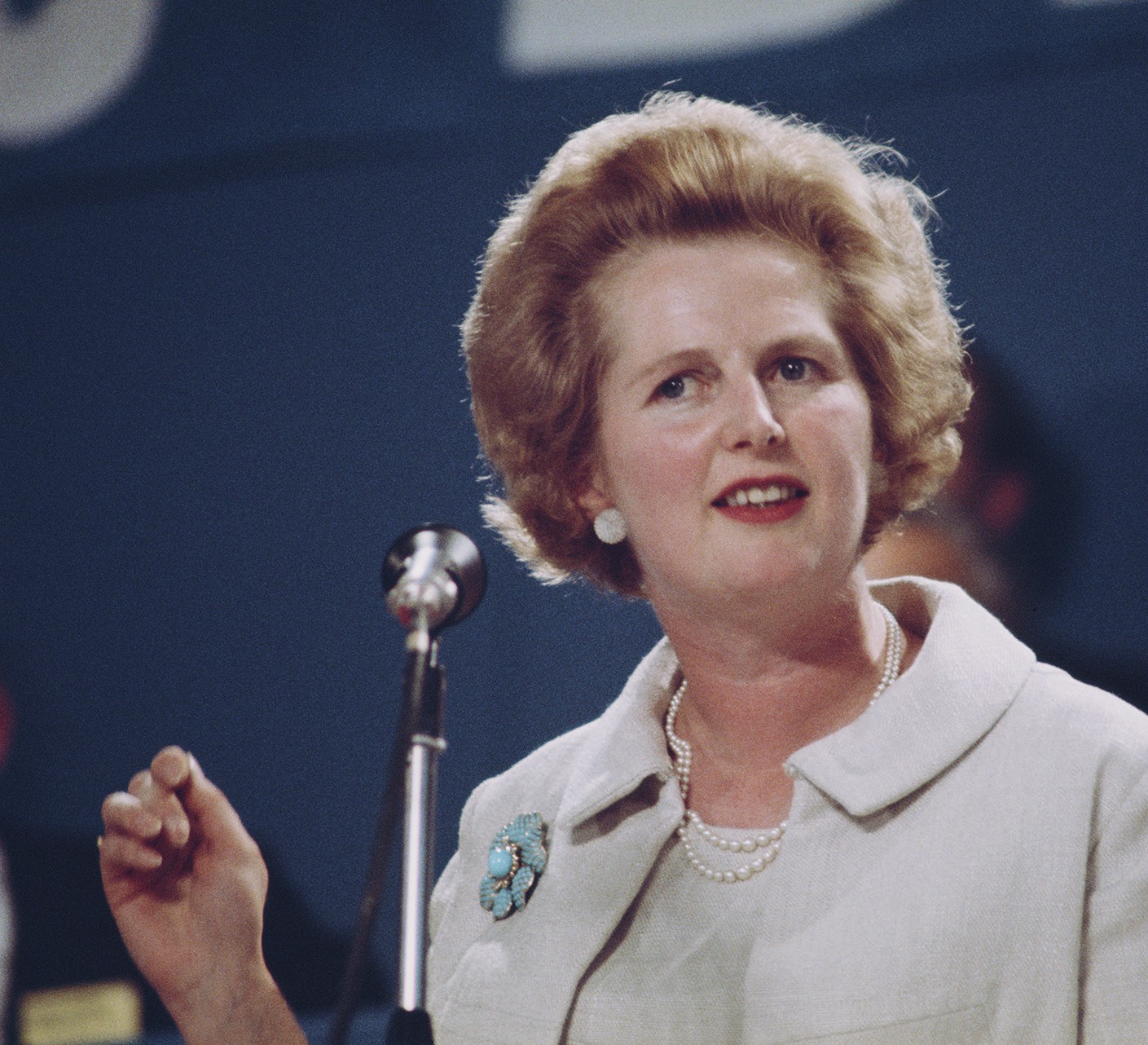
Margaret Thatcher was prime minister from 1979 to 1990 and leader of the Conservative Party from 1975 to 1990. It is widely argued that her leadership saw a new style of politics and that this style broke with the pattern that had marked British politics since the end of the Second World War. Thatcher is seen as more confrontational and more ideological than previous Conservative leaders. This article will argue that there is an element of truth to this view, but that it often exaggerates and simplifies the Thatcher period.
Margaret Thatcher was first elected to parliament in 1959 and first entered the Cabinet in 1970, when Edward Heath was prime minister, as secretary of state for education. During the early part of her career, she was seen as unremarkable for anything except being a woman in a political world that was dominated by men. She was to the right of her party on matters such as capital punishment (which she supported).
Your organisation does not have access to this article.
Sign up today to give your students the edge they need to achieve their best grades with subject expertise
Subscribe




